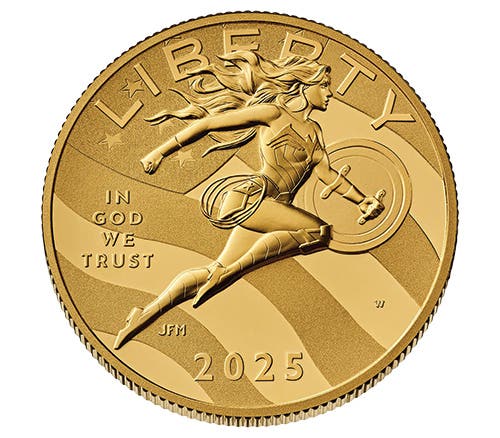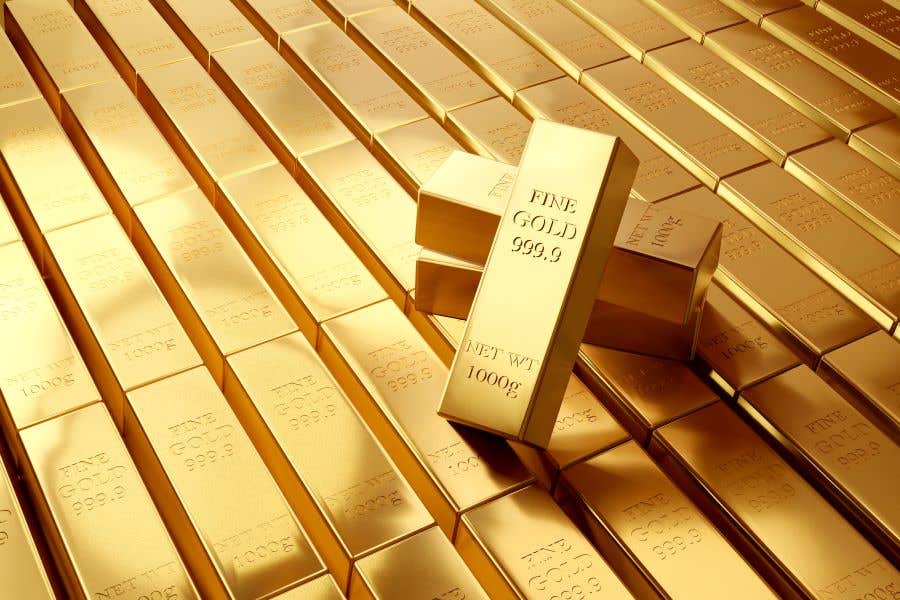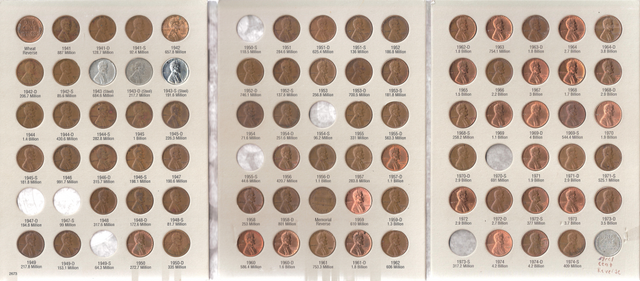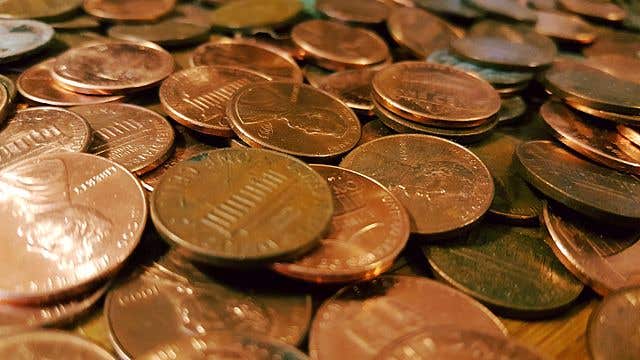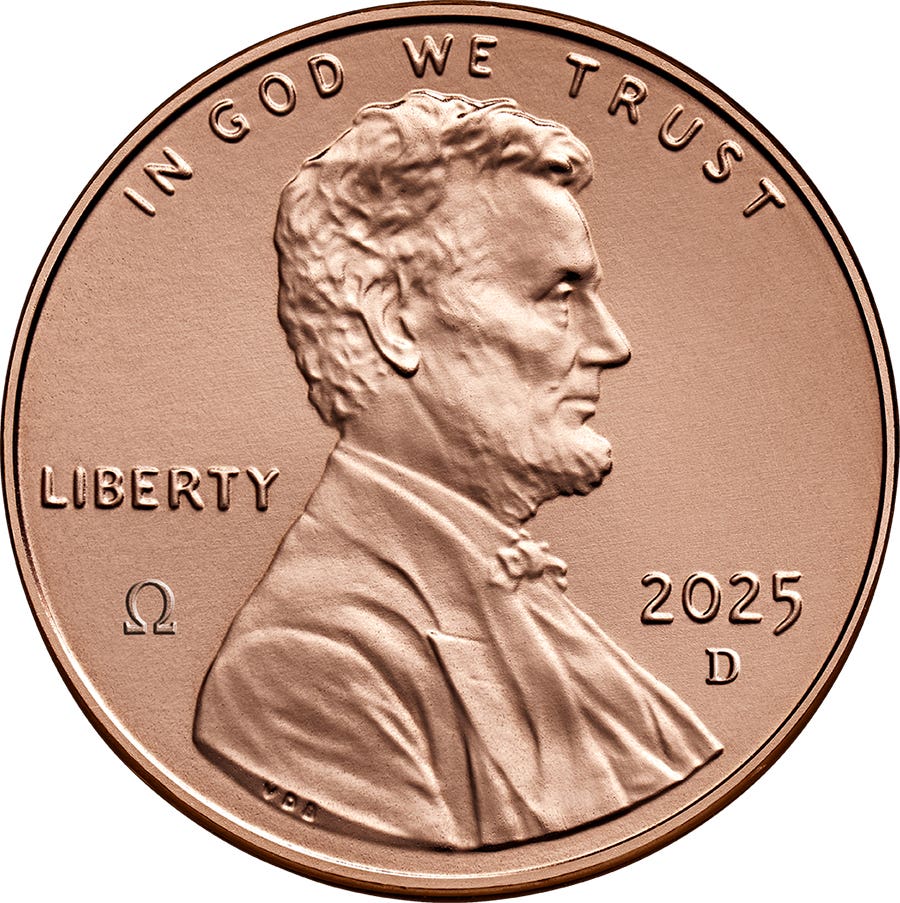Eye Appeal Can Indicate False Values
Local, regional and major coin shows continue to report good attendance and brisk sales both between dealers and over-the-counter to the collecting public. While it is challenging to get the…
Local, regional and major coin shows continue to report good attendance and brisk sales both between dealers and over-the-counter to the collecting public. While it is challenging to get the pulse of attendance at local coin club meetings, the few that do offer information indicate strong activity at both their local shows and at their meetings. Statistics regarding attendance and participation in auctions is easier to get and indicates considerable interest in these events. The challenge, of course, for auction houses, is to find sufficient quality material to offer. The number of coins being offered that were off the market for years attests to the strength of the truly rare coin market segment.
The bullion value of gold and silver have been in a modest decline recently due to the strengthening of the U.S. dollar, but this doesn’t appear to be a deterrent to the public’s interest in bullion or into intrinsically valued coins. Investors continue to compete with collectors as the equity markets continue to give lukewarm and often mixed results. The better coins trade quickly, with the emphasis remaining not only on the highest-grade coins that have been certified, but on their eye appeal. Since eye appeal doesn’t figure into the grade assigned to a coin, this elusive factoid can give the false indicator that a specific coin date has increased in value, when it may be a single coin for which someone was willing to pay a premium that is being reported. Likewise, especially with coppers, just how Red or Red-Brown an uncirculated coin may be can make a big difference in the value of the individual piece. Every effort is made here to keep these additional factors from skewing values.




